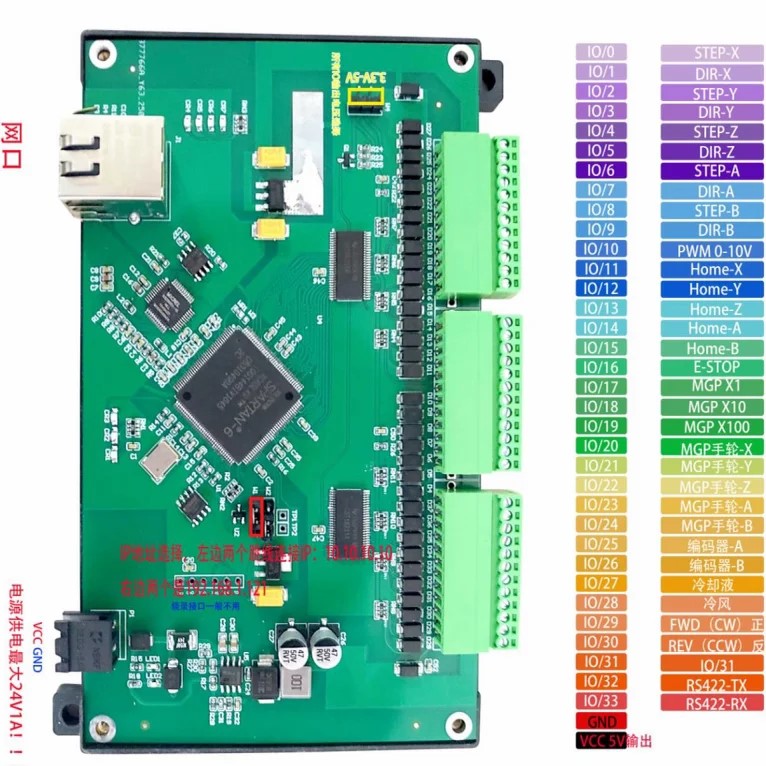Search Results (Searched for: )
- unknown
- unknown
22 Nov 2025 12:45
- unknown
- unknown
22 Nov 2025 12:43
Replied by unknown on topic linuxcnc_2.9.4-amd64.hybrid.iso cheksum?
linuxcnc_2.9.4-amd64.hybrid.iso cheksum?
Category: General LinuxCNC Questions
- unknown
- unknown
22 Nov 2025 12:31
Replied by unknown on topic Chinese Mesa 7I92 from aliexpress NEW
Chinese Mesa 7I92 from aliexpress NEW
Category: Driver Boards
- unknown
- unknown
22 Nov 2025 12:18
Replied by unknown on topic Updating from LINUXCNC - 2.8.4-23, Mint 20.3 - gmoccapy lathe structure
Updating from LINUXCNC - 2.8.4-23, Mint 20.3 - gmoccapy lathe structure
Category: Gmoccapy
- Muzzer
- Muzzer
22 Nov 2025 11:58
Replied by Muzzer on topic Updating from LINUXCNC - 2.8.4-23, Mint 20.3 - gmoccapy lathe structure
Updating from LINUXCNC - 2.8.4-23, Mint 20.3 - gmoccapy lathe structure
Category: Gmoccapy
- Sekai
- Sekai
22 Nov 2025 11:19 - 22 Nov 2025 11:29
Chinese Mesa 7I92 from aliexpress NEW was created by Sekai
Chinese Mesa 7I92 from aliexpress NEW
Category: Driver Boards
- T.Frei
- T.Frei
22 Nov 2025 10:10
- abs32
- abs32
22 Nov 2025 09:49 - 22 Nov 2025 09:54
Replied by abs32 on topic How to fix "Queue is not empty after probing"
How to fix "Queue is not empty after probing"
Category: General LinuxCNC Questions
- rodw

22 Nov 2025 09:44
Replied by rodw on topic How to fix "Queue is not empty after probing"
How to fix "Queue is not empty after probing"
Category: General LinuxCNC Questions
- Hakan
- Hakan
22 Nov 2025 09:41
- abs32
- abs32
22 Nov 2025 09:23 - 23 Nov 2025 08:53
Replied by abs32 on topic How to fix "Queue is not empty after probing"
How to fix "Queue is not empty after probing"
Category: General LinuxCNC Questions
- Hakan
- Hakan
22 Nov 2025 09:03 - 22 Nov 2025 09:07
Replied by Hakan on topic Machine is trying to move to new position just after lcnc startup
Machine is trying to move to new position just after lcnc startup
Category: Basic Configuration
- SPH

22 Nov 2025 08:51
- Aciera

22 Nov 2025 08:46
Replied by Aciera on topic Machine is trying to move to new position just after lcnc startup
Machine is trying to move to new position just after lcnc startup
Category: Basic Configuration
- SPH

22 Nov 2025 08:23
Time to create page: 0.201 seconds

